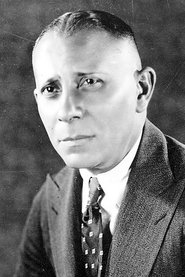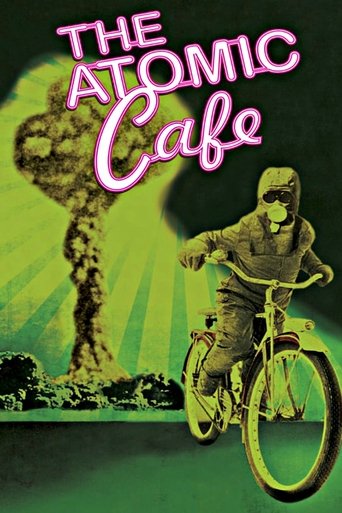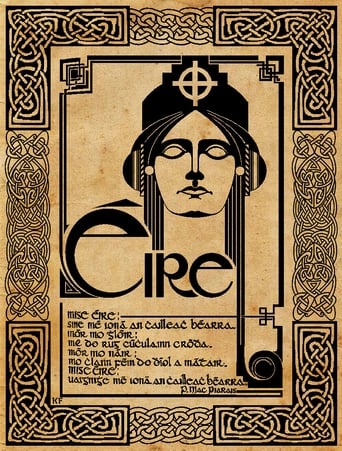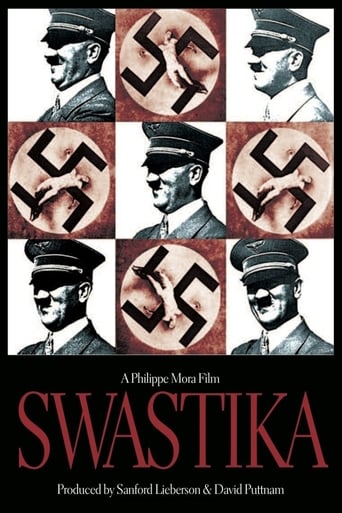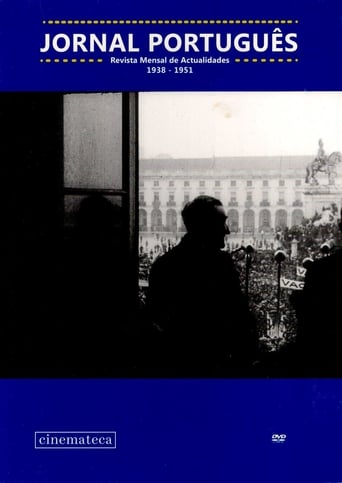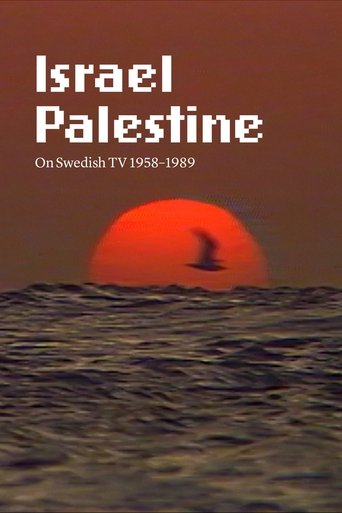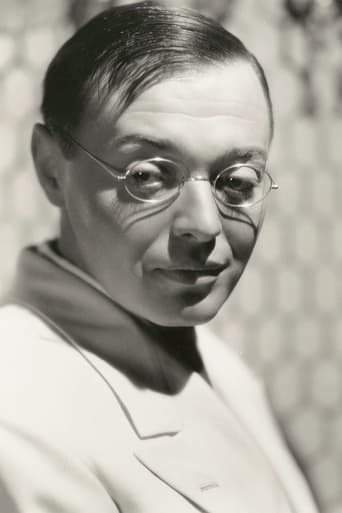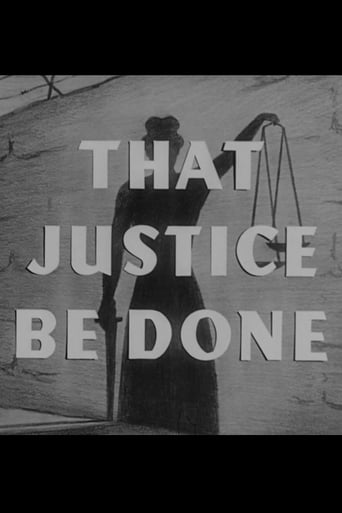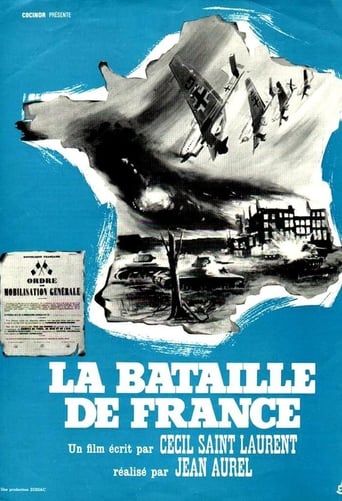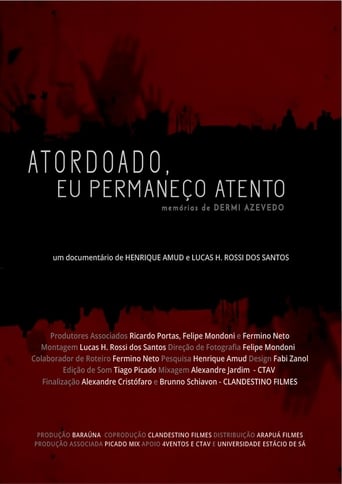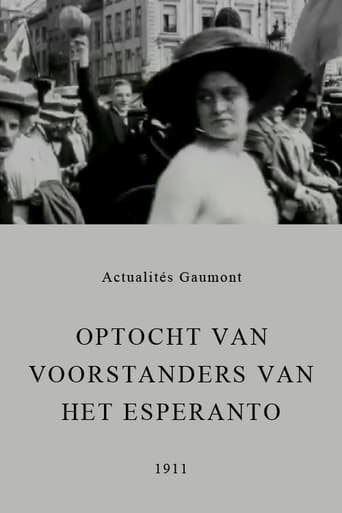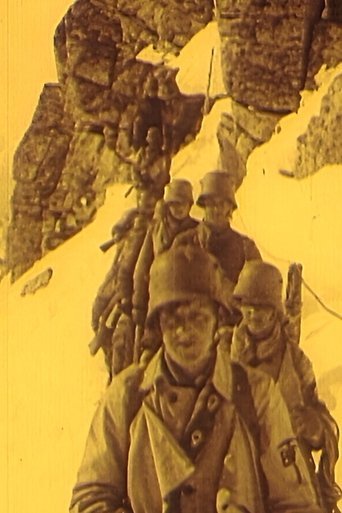Stroheim in Vienna
Issue No. 162 (date: July 16, 1948) of the Austrian newsreel "Welt im Film" shows Erich von Stroheim's arrival in Vienna as part of the cast of Ernst Neubach's French feature film "Le signal rouge" (1949). Translation of the newsreel voice-over: "On board the Arlberg Express, the famous American film star Erich von Stroheim arrived in Vienna. He is accompanied by the producer and author-director Ernst Neubach, the French actresses Denise Vernac and Claude Chenard, and upcoming talent Franck Villard. Erich von Stroheim, born in Vienna, left Austria for Hollywood before World War I and made a big international career there. This is his film debut in his home country."


